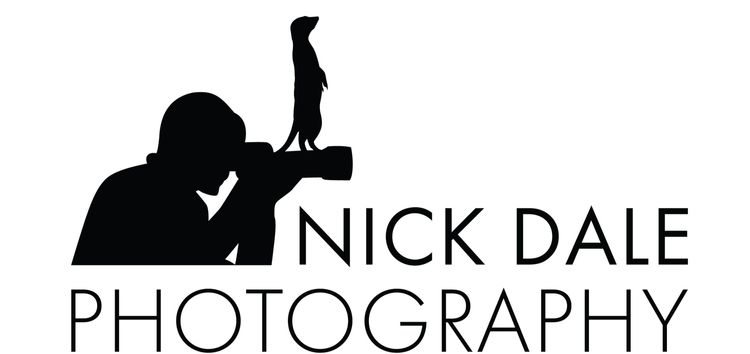If you want to shoot a tiger with a gun, I can’t help you - in fact, nobody can! - but if you want to use a camera, I may have an idea for you…
This is the first of a series of articles on how to take better pictures of predators such as the big cats. There are obviously lots of ways to photograph animals, and I’m not going to cover every one in every piece, but what I’d like to do is list a few typical opportunities and give you a bit of advice about how to handle them.
To begin with, let me put my cards on the table. I take a lot of pictures, but my ‘keep rate’ is very low. When I first started, it was only about 1% - although it’s improved a little bit since then!
I spent four months in Tanzania and Kenya in 2019, and I took nearly 90,000 pictures. That might seem like a lot, but I only ended up keeping 6,040, which is 6.7%.
Of those, only 43 were worth five stars, and to my mind only 13 were good enough to enter into competitions.
Anyway, the point is that it’s fine to take thousands of pictures, but that doesn’t mean you should take the same picture thousands of times.
If you want something special enough to put on your wall or win a competition, you have to experiment - especially with animals such as the big cats that don’t do a lot.
Lions sleep for over 20 hours a day, and tigers, leopards and cheetahs are not much better, so you won’t get very many great shots by just being patient. Patience is a virtue - especially if you’re a wildlife photographer - but it’s not enough on its own.
So what can you do to ‘stand out from the herd’?
Underexpose
Normally, I might suggest trying to get an action shot or bring out the personality of the cat or take one of Paul’s famous ‘slow pan’ shots, but what if that’s not possible?
Well, when all else fails, one thing you can do is to underexpose the subject.
I first overheard this tip when I was in Tadoba on an Exodus trip with Paul Goldstein. He was talking to one of the guests in his vehicle, and in hindsight I think he was probably just warning him about the risks of ‘blowing out’ the highlights in the white patches of fur on the tiger’s chest and head.
Paul probably only meant he should underexpose by a third of a stop or something, but I thought, “Go big or go home!” so I dialled in -2 stops of exposure compensation and decided to experiment…
It was a very hot day - around 47 degrees Centigrade! - and we were driving around the park when we found a tigress cooling herself off in a waterhole. She was maybe 75-100 yards away, so I used my 800mm lens and took a few shots.
To the naked eye, the composition wasn’t very interesting. The water was perfectly still, and the tiger wasn’t moving, so there was no chance of an action shot, and the background was pretty dull.
However, the virtue of underexposure in this case was that I could saturate the colour of the tiger’s coat and give the impression that she was in a cave, illuminated by a ray of light at sunrise…!
It wasn’t easy to do, but the fact that I’d underexposed by two stops in camera helped a lot, and the wonders of Lightroom did the rest!
I dialled down the exposure by another two stops, added a strong vignette using a radial filter, pushed Highlights up to 100 and generally played around with the other Tone and Presence sliders until I was happy with the result.
The picture won the Exodus Travels Monthly Photo Competition in July 2017, and Paul himself was the judge! This is what he had to say:
"We know only too well how demanding wildlife photography can be. And whilst there are plenty of decent tiger portraits around, this one is different; this animal is in repose, with the warm, early morning light on her face. The dark background only highlights her catwalk credentials. Top shot, top cat." Paul Goldstein
In fact, Paul later chose another one of my underexposed ‘low key’ portraits of this particular tigress for the Exodus Travels 2018 Calendar (see below). Not bad, eh? It’s amazing what you can do with a willingness to experiment…!


